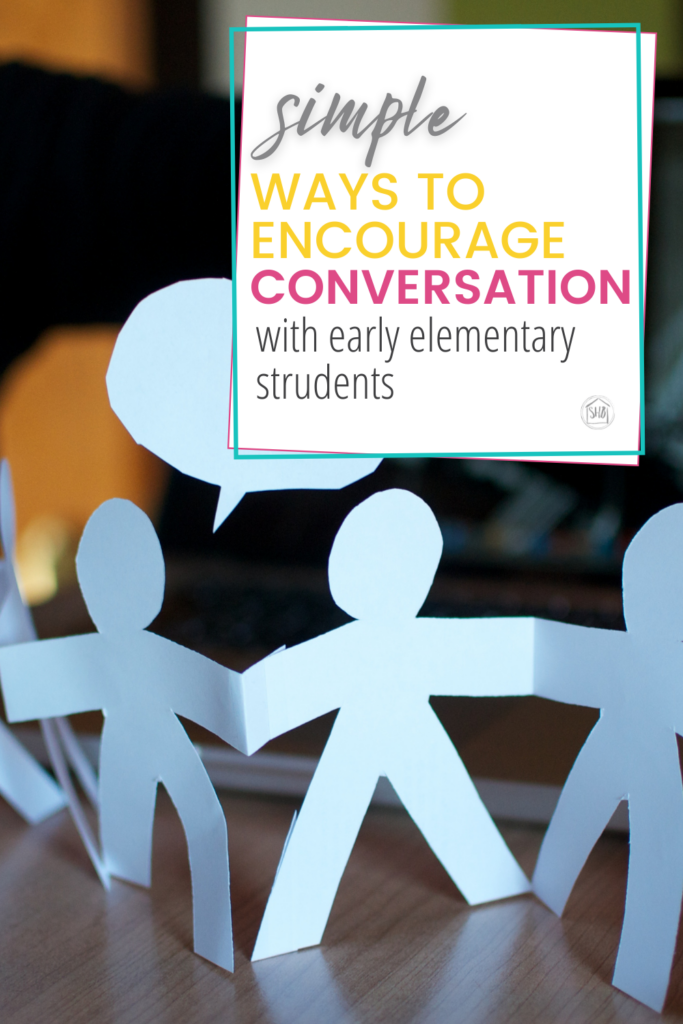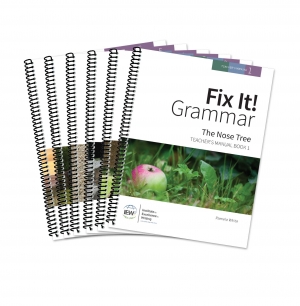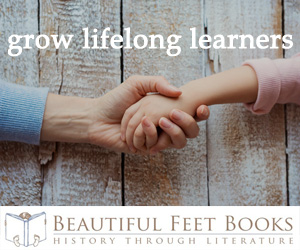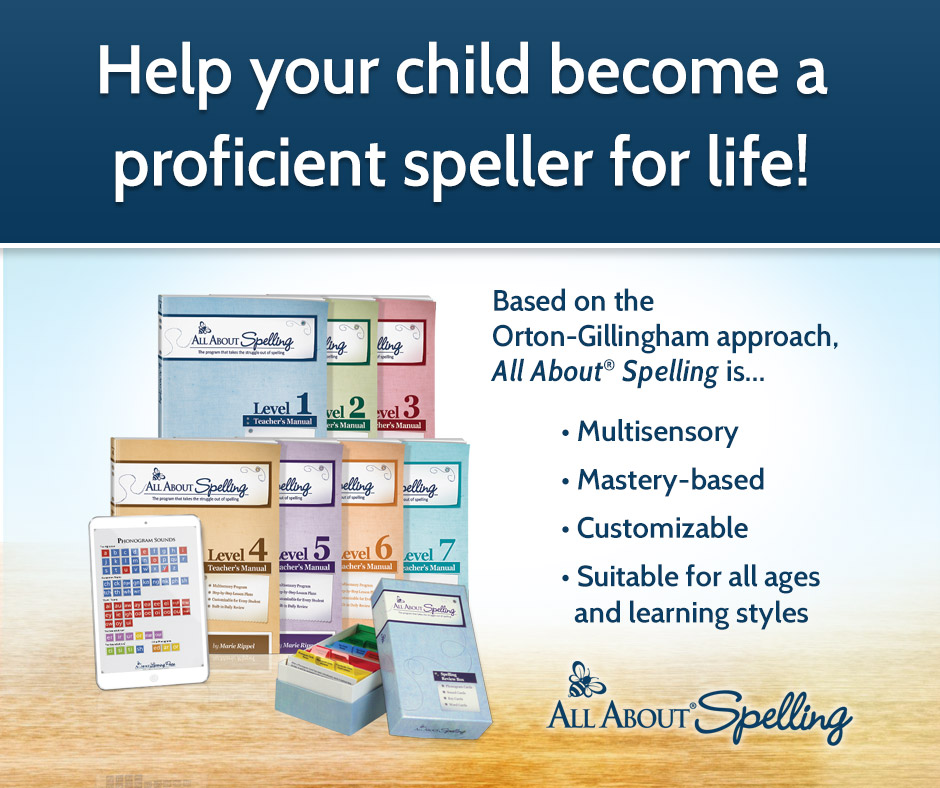
Please don’t tell me I am the only parent to kids who, when asked a simple question, stand in a solitary spot, squirm, and stare blankly at her. I can’t be the only one who has kids who will physically squirm against speaking – at all costs.
My kids do this at the strangest times.
Me: Did you take the scrap paper to the trash like I asked you to?
Son: {squirm, squirm, shrug}
Me: Hey. Did you take the scrap paper to the trash like I asked you to?
Me: It’s ok if you didn’t, I am just asking.
Son: {squirm, squirm, shrug, stare blankly}
The other day, I may have unlocked the reason for this predicament. My kids have the answers right at the tips of their tongues, but they are concerned about the morality of the answer. “What if I say, no and mom gets mad that I wasn’t obedient? What if I say yes, and I didn’t really, so that’s a lie, and I am not supposed to lie…” All this goes on in my kid’s head over something as simple as putting trash in the trash can.
Days with too many discussions in this mode drain everyone. My patience dwindles down to the dregs. Sometimes I wonder, “How will I ever homeschool these students if this is the way it’s going to be?”
This post may include affiliate links. If you click and make a purchase based on my recommendation, I get a small remuneration at no extra expense to you. I only recommend things I use and believe to be a blessing.
Table of Contents
This article stretched itself into substantial length. For your convenience, I created this Table of Contents. You can either read through the article as normal, or you can jump to specific topics by clicking the links.
- Conversation in Education
- The Art of Conversation
- Conversational Failure is NOT Homeschool Failure
- Why Conversation?
- How to Read for Conversation
- How to Interrogate a Student
- The Key to Conversations
Conversation in Education
As God’s precious creatures, we use conversation for so many things – connection, the supreme. But in education, conversation serves the student in one way and the teacher in another.
The Student: Conversation helps the student to recognize, rehearse, and relay information. Through the simple acts of attending to information and translating it into a self-initiated narrative, the student performs a myriad of high-level skills. The student listens and stores information into short-term memory, then retrieves it and rewords it aloud to the teacher. All this occurs in a matter of seconds.
The Teacher: Conversation helps the teacher know how much information the student has retained over time. If not for conversation, the teacher would have no idea what is inside the brain of the student. Understanding where the student succeeds or fails in particular areas equips the teacher to fill in the gaps, extend the lesson, or go back to the beginning and start again.

The Art of Conversation
In our homeschool, difficult one-sided conversations, like the hypothetical one above, happen when the student is only partially confident in his answer. That’s when it is my job to step in and facilitate a conversation to help her see the answer for herself.
To be an able facilitator, lots of things have to be in place. The student must feel safe, must understand the parameters of the discussion, and must feel heard.
The Charlotte Mason practice of narration, which is closely associated (in my mind) with the Classical practices of attending and storytelling, is what we use in our homeschool to practice the art of conversation.
If you are new to the discussion of narration, you may find my definition of narration rather simple. I approach narration simply as a conversation about what is going on…in a book, in a story, in math this week. For more detailed and regimented ways of practicing narration, I recommend this book.
Conversational Failure is NOT Homeschool Failure
Learning how to have a conversation is HARD. It doesn’t matter if the conversation is in the context of a home or a homeschool, it is difficult. Many variables go into a positive conversation – listening, thinking, attitude, tone, etc.
So when my current youngest student started “real deal” homeschooling recently, I needed to take a HUGE step back and remember the difficulty of conversation with early elementary students. He wasn’t going to give beautiful narrations in the beginning. In fact, he was barely hanging on for those first few weeks.
I could tell he was attending to the readings. I knew he was interested in the information. But when it came time to have the conversation, he would freeze.
Blankly staring at me, he would either say absolutely nothing or declare, “It’s too hard.”
That’s where my job as facilitator kicked in. I needed to make sure I was doing all the things to ensure he could learn to have a conversation about the books we read.
Instead of getting frustrated in those first few weeks, throwing up my hands, and declaring, “He’ll never learn!” I needed to lean in. Silence is not failure. It’s room for a conversation to slip in. But my little guy needs a little help getting started.
Why Conversation?
If you have not approached education as a conversation with early elementary students in the past, you may be wondering, “Why?”
I believe we are wired for learning through conversation. Our brains work best when we are asked hard questions, given time to mull them over. and have an outlet for expressing the answers.
In his book, Something They Will Not Forget: A Handbook for Classical Teachers, Joshua Gibbs says something revolutionary about the evaluation of students which is so simple it is shocking.
“Unless the teacher asks his students to say interesting things, they will not.”
While he said this in the context of examinations of students, I noticed two things integral to a Classical education: “The teacher asks,” and “the students to say.” The conversation occurs because we cannot communicate basic ideas with one another any other way. Yes, we can express our emotions in other ways – music and the arts come to mind. But to discuss didactic details, we need words.
The conversations we have with our youngest students will help them to have something interesting to say when it is called for.
In the earliest years of education, the best way to inculcate interesting ideas in our children’s minds is by reading. Almost every educational approach would agree with this assessment. Thus, our homeschool spends the majority of our early elementary years practicing the habits of attending and storytelling through reading. For the most part, we follow AO’s Year 1 schedule of readings.
How to Read for Conversation
If you are looking to practice this conversational approach to education, reading is important. Reading for conversation with early elementary students is even more important.
Here’s a quick checklist of things I do while reading to facilitate a conversation (narration) in our homeschool:
- Read enthusiastically in small chunks.
- Pause for repeat-after-me practice on key words, key names, etc.
- Stop at a cliff hanger whenever possible.
- Examine the picitures in picture books for every little detail which interests the child. Count objects, name them, and generally interact with the pictures.

How to Interrogate a Student
As a Classically-leaning homeschool mama, I simply love questions! My current 4th grader would prefer I ask fewer questions, and has even said as much. The practice of asking questions in your homeschool – just like getting the conversation started in a quiet elevator -is difficult. It takes, you guessed it – PRACTICE.
Here are some simple questions to get the conversation with early elementary students going.
- Instead of asking, “What happened in the story?” ask, “Who is in the story?” ” What is the character’s problem?” “How did they solve the problem?”
- Allow time for imagination. Ask “What do you think will happen to the main character?” Even ask, “When you see the main character in your mind’s eye, what does he look like?” There are no wrong answers here – isn’t that wonderful?!
- Offer options to help jog the memory. Ask, “Did the character do this or this?”
- Summarize moral tales with “What lesson do you think we can learn from this?”
- Help students evaluate truth by asking, “Do you think this story is true?”
Since I am sharing all my tricks for starting the conversation, I think I must also share the key to conversations with early elementary students.
The Key to Conversations
Although I have detailed a number of questions to ask students and have stressed the importance of asking questions, I would be missing a key piece of the conversation about well…conversation with early elementary students if I did not mention modeling.
Modeling is showing kids how to do something by doing it.
Since we are trying to support a student’s understanding of conversation as a means to learning, we, too, must have input in the conversation. We have to make observations, have genuine questions about the information, and model synthesis of information.
Observations
Adding observations, even as we ask questions is easy. Modeling this practice shows students the give and take of a natural conversation. Conversation starting observations, followed by a question can look like this:
- I noticed ______________________. Why do you think that is so?
- I remember _________________. When did that happen?
- I liked ____________________. What was your favorite part of the story?
Patience
Since adults are more practiced in the art of conversations, we typically can carry on a conversation uninterrupted. It is a simple back and forth, give and take, as in a tennis match. But our kids are still developmentally at their first tennis lessons. They find it hard to locate the ball as it comes to them, much less get the ball back over the net. Their processing speed is still working up to full power.
I follow this simple rule on the days when the ball seems to be lost on the other side of the net.
Count to 10 after asking a question.
Gathering one’s thoughts takes time. All our conversations would be a bit sweeter if they were sprinkled with a heavy dose of patience, right?
Synthesis
Analysis and synthesis are the keys to critical thinking – the ways we evaluate any and all information. But they are a little out of reach of kids at this age, unless they have a little bit of help.
The one exception I find is when a child has a strong base of understanding in an area of learning. For instance, my kids when exposed to Roman myth or Eastern philosophers, or even English Fairy Tales, can determine for themselves the Truth of the matter. So, when I ask them the question, “Do you think this story is true?” they can distinguish truth from error. Later we can talk about the nuances of truth – that something can have a ring of truth to it, but be exaggerated or obscured.
However, the lessons our kids can learn from Aesop’s may lay a bit out of their reach. The responses we receive when we ask about the moral of the story may be similar to a recent answer my current 1st grader gave me after reading “The Frogs Asking for a King”:
Me: What moral or lesson can we learn from this story?
Student: “You shouldn’t get on a log.”
Me: “O-K, Buddy.”
Sometimes I insert a few of my ideas at this point in the conversation, sprinkling questions along the way to see how he feels about what I have to say. The goal – always – is to keep the conversation going, all while teaching him how to have a conversation.
Here – as in the rest of the conversation with early elementary students – it is important to remember one cannot help too much at this stage. The primary job of the parent-teacher is to help the student progress in the art of conversation. Properly equipped – with the questions in one’s head and the intellect to evaluate and formulate answers – we set our kids on the journey of an excellent education.















This Post Has One Comment
This was most helpful, thank you!